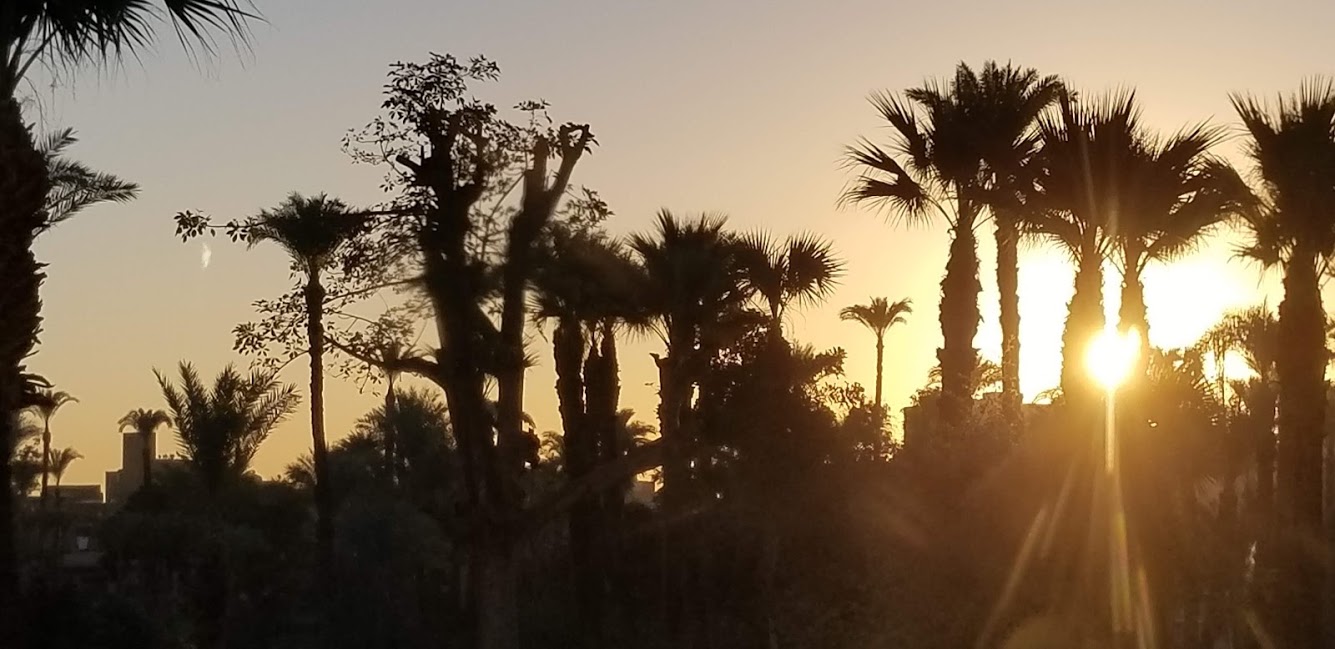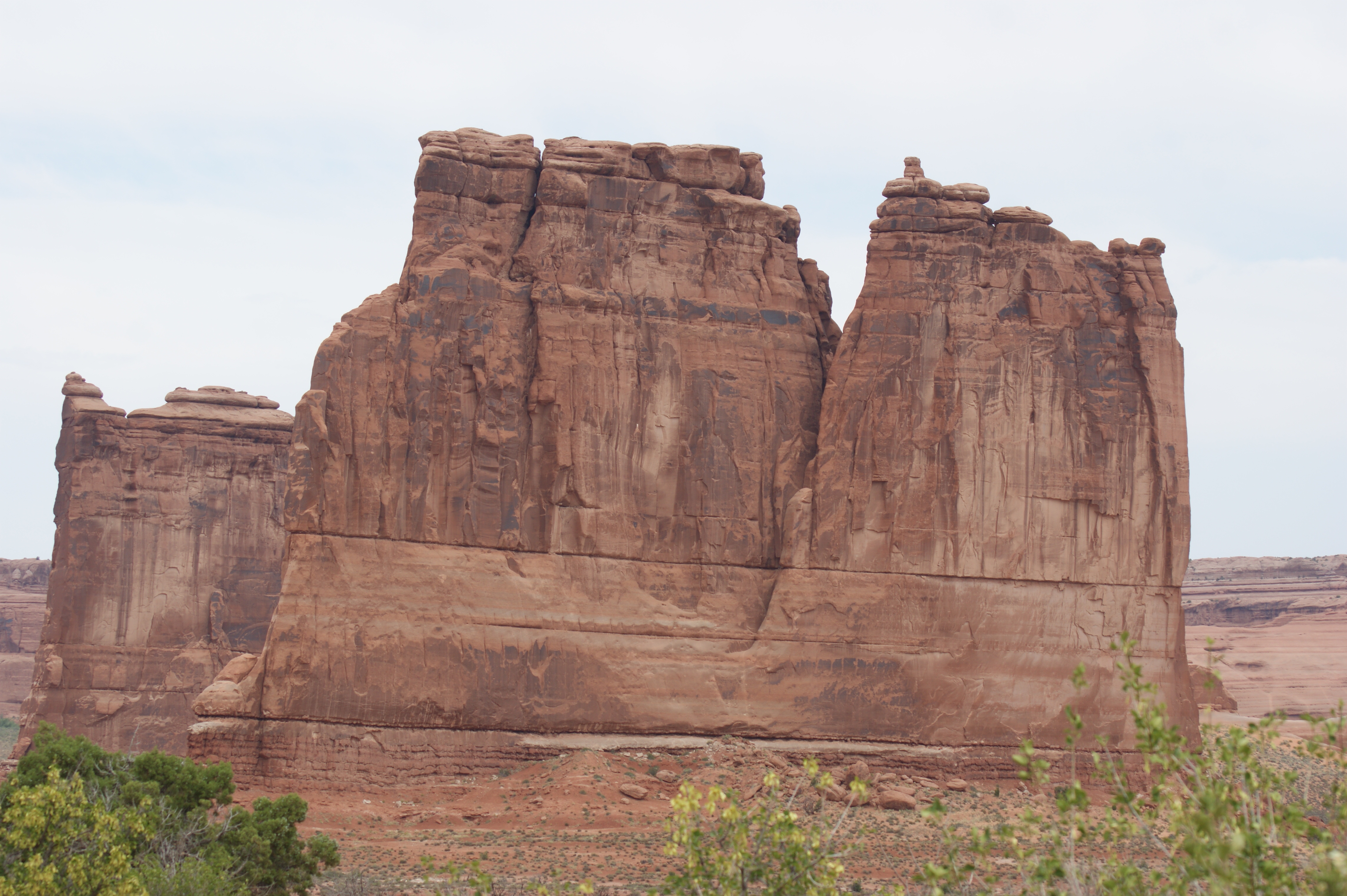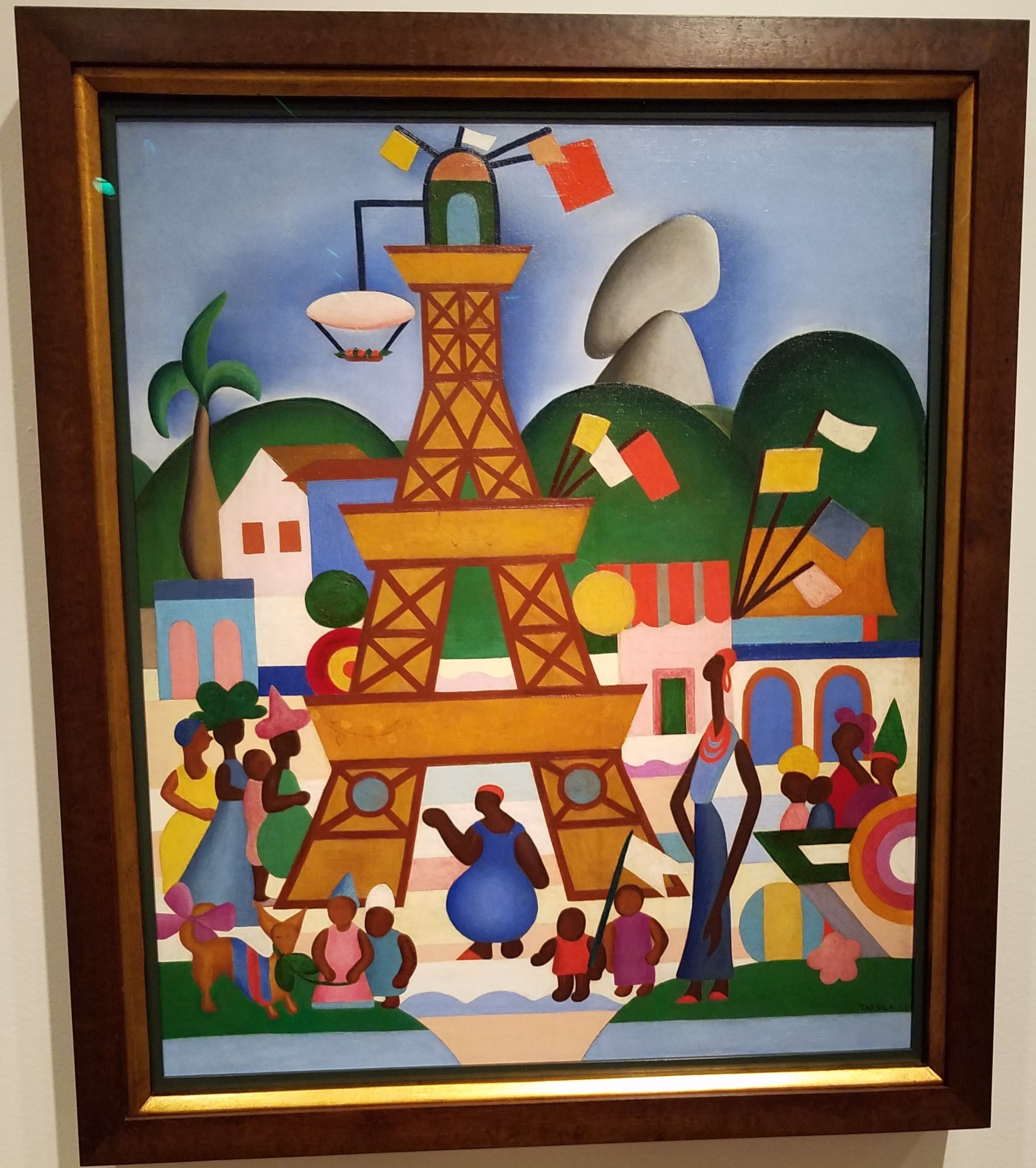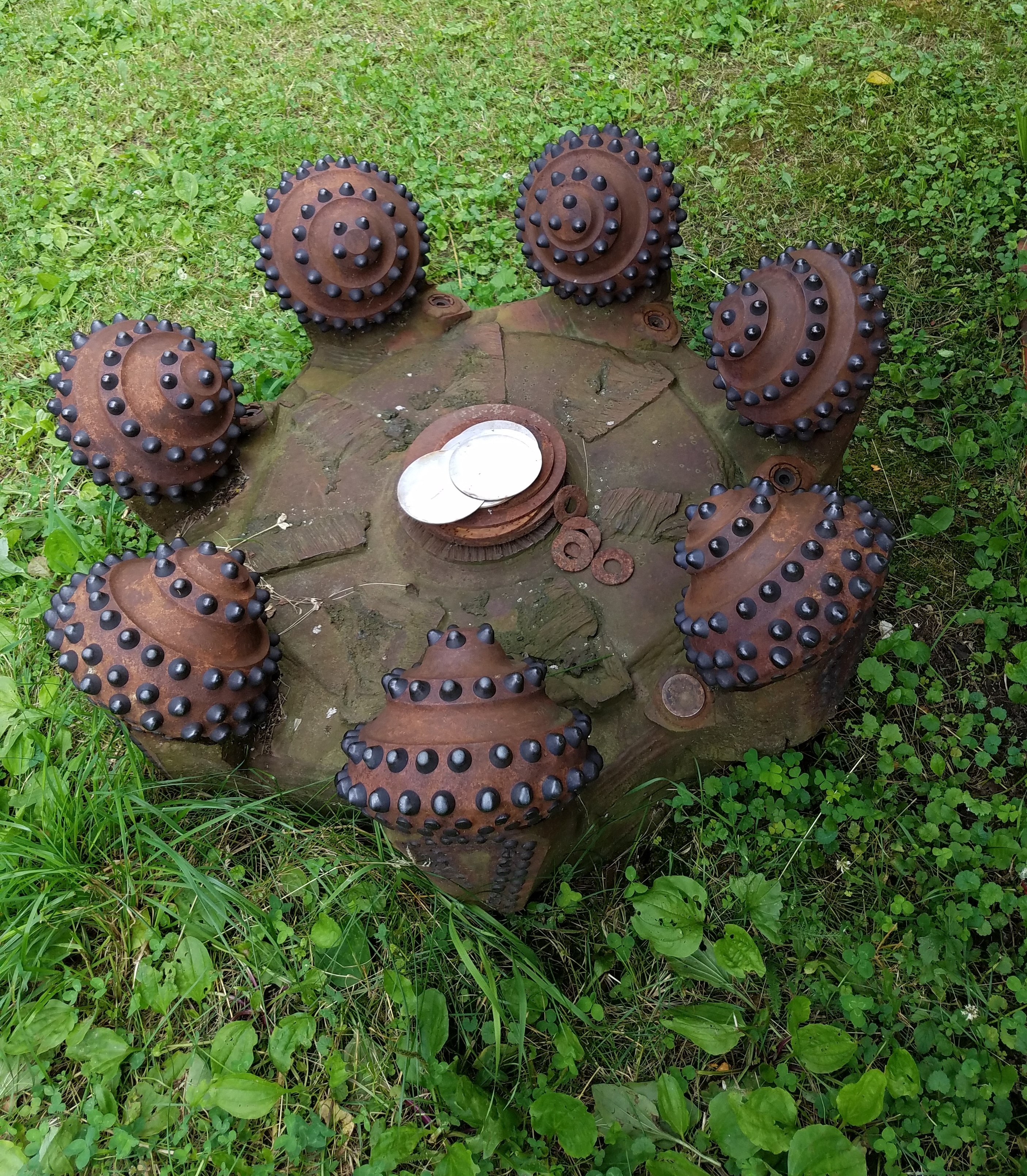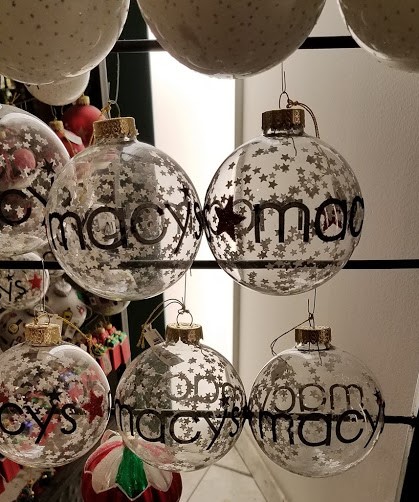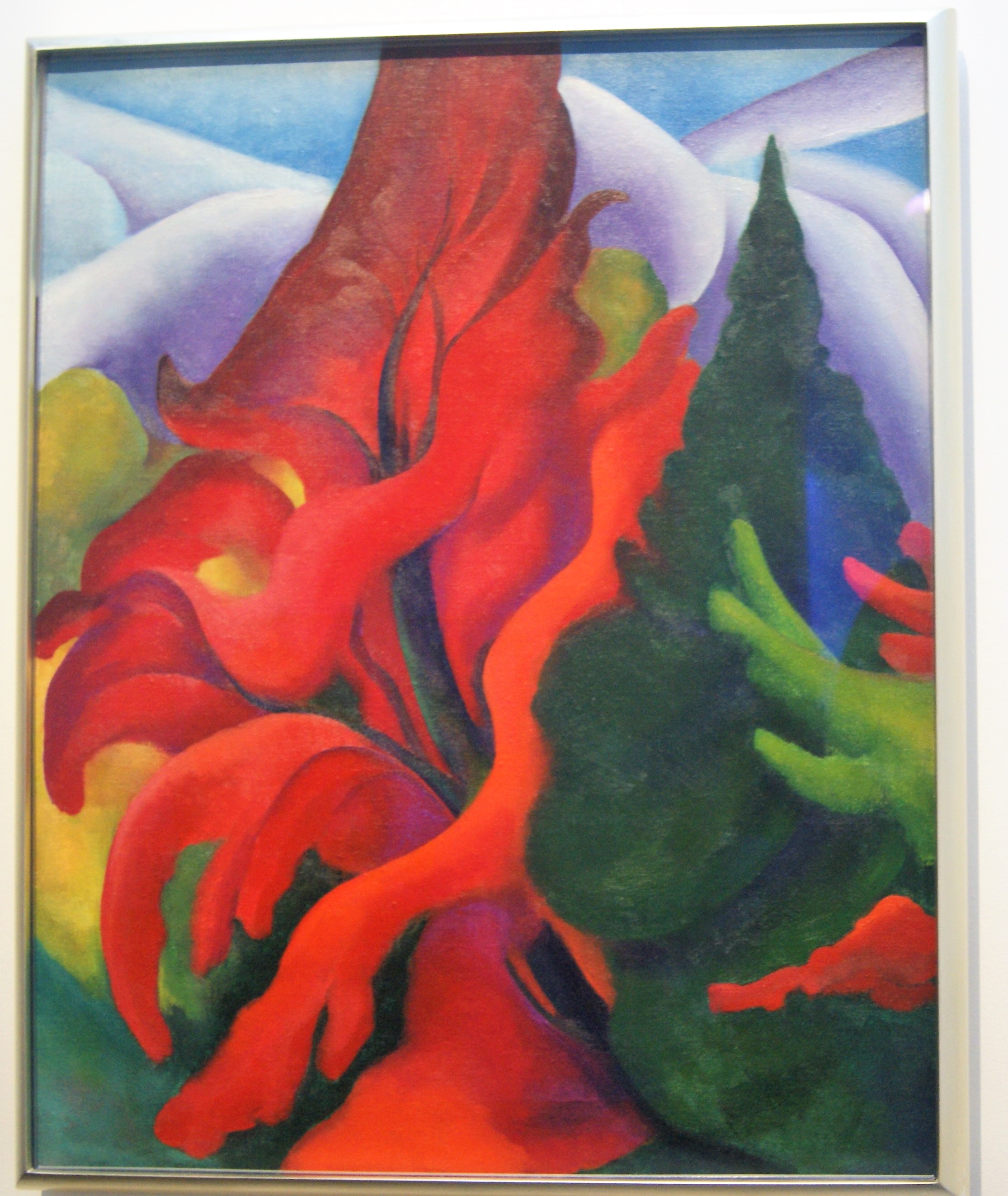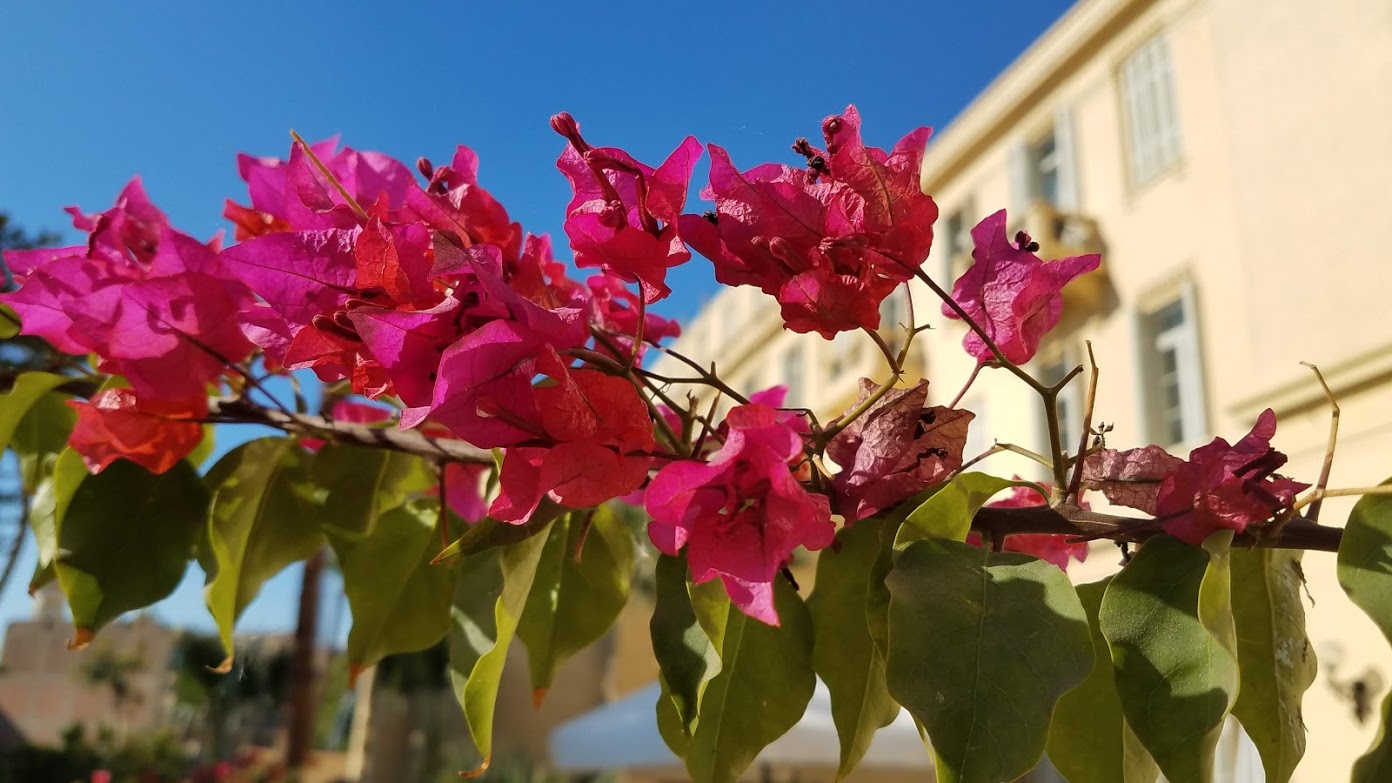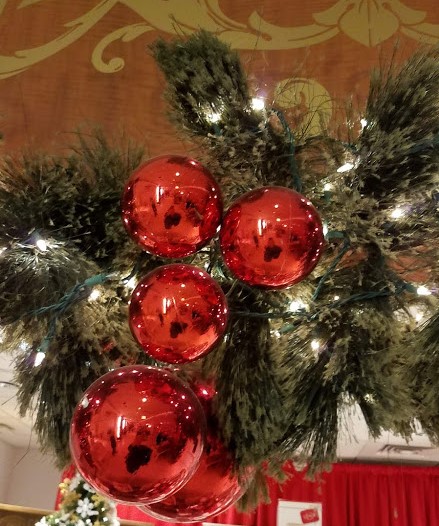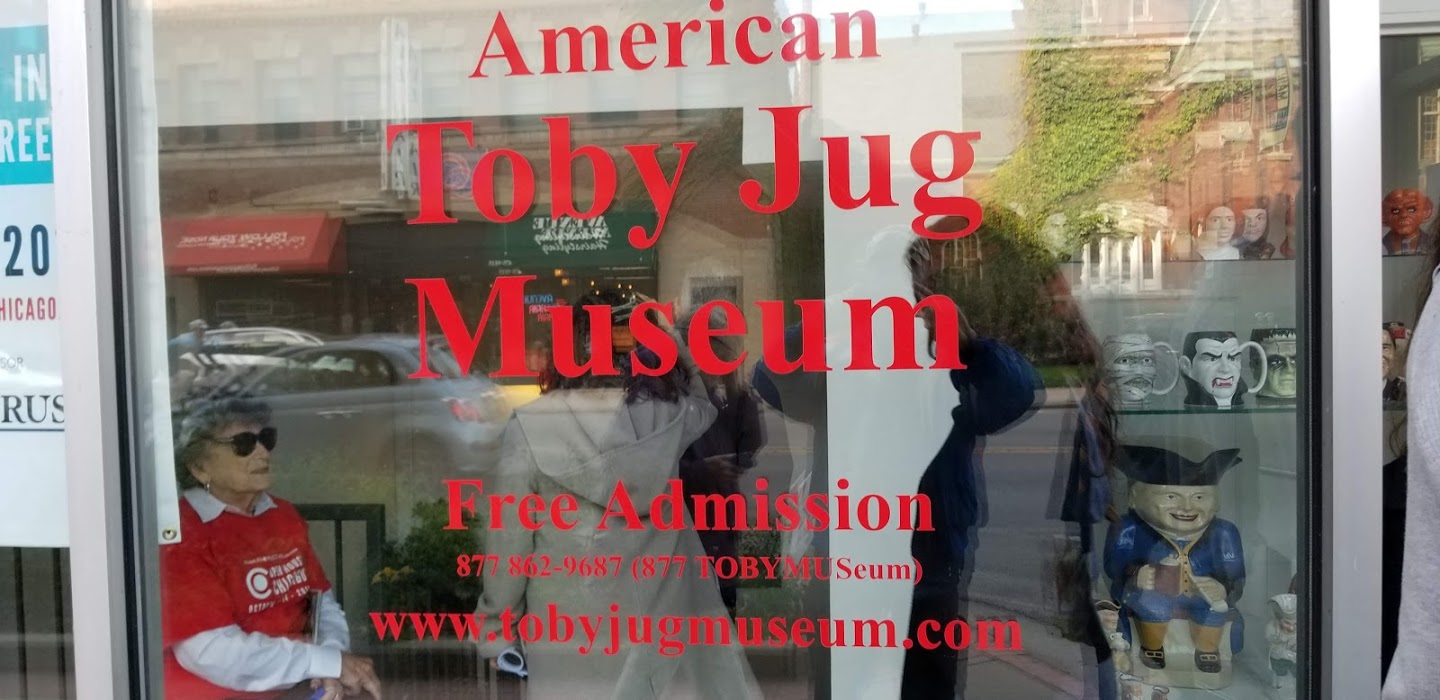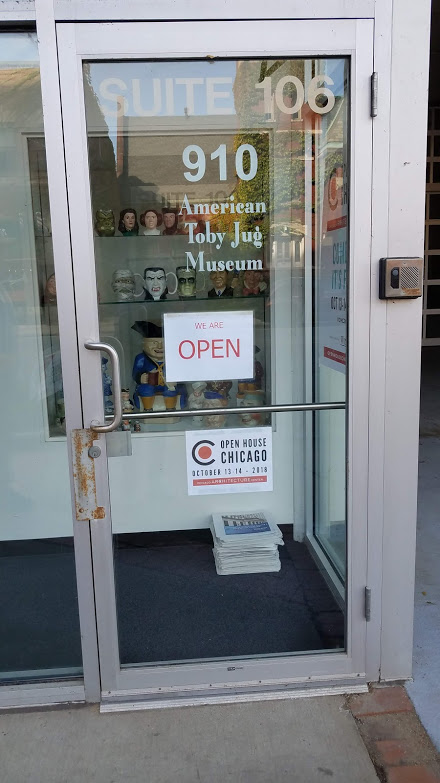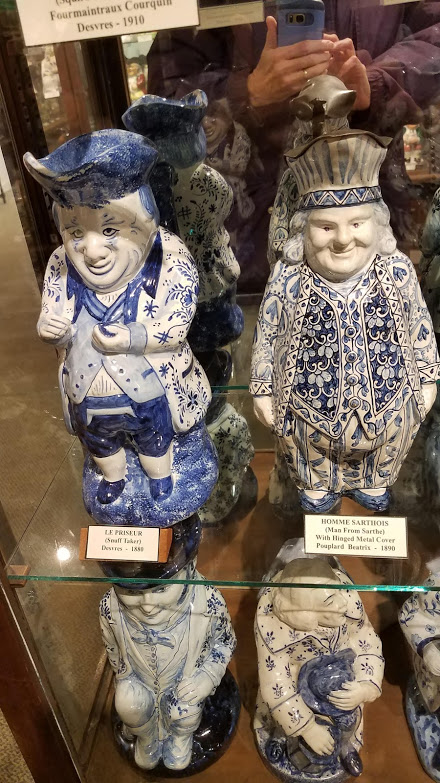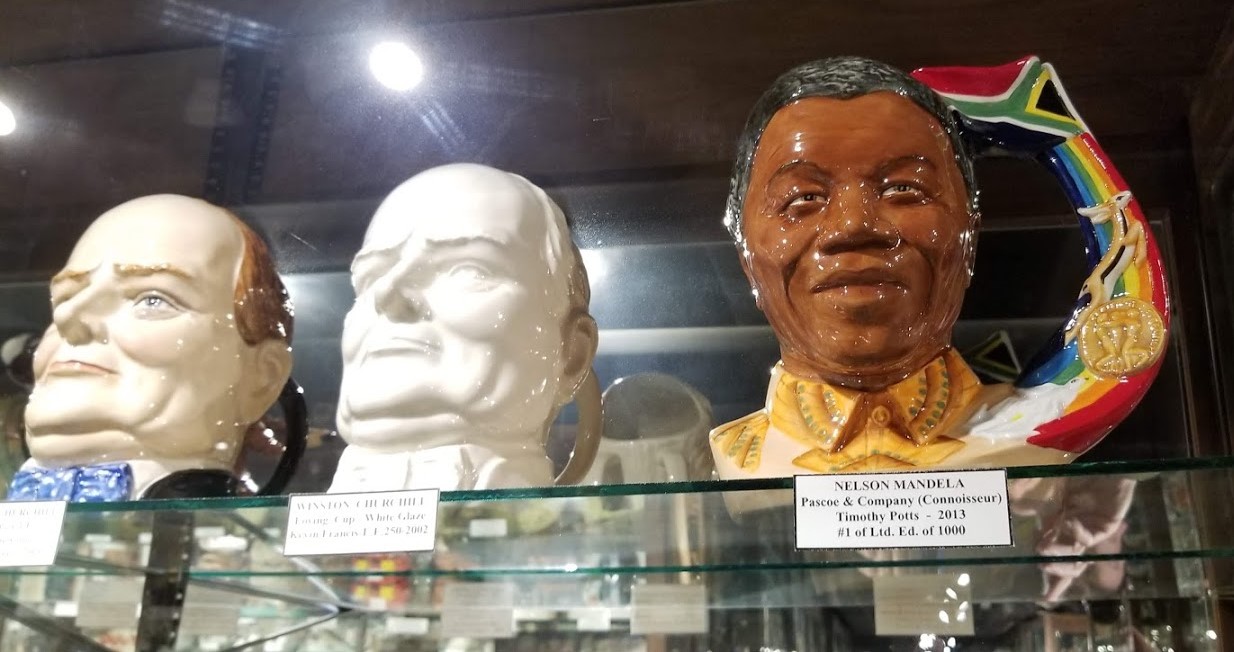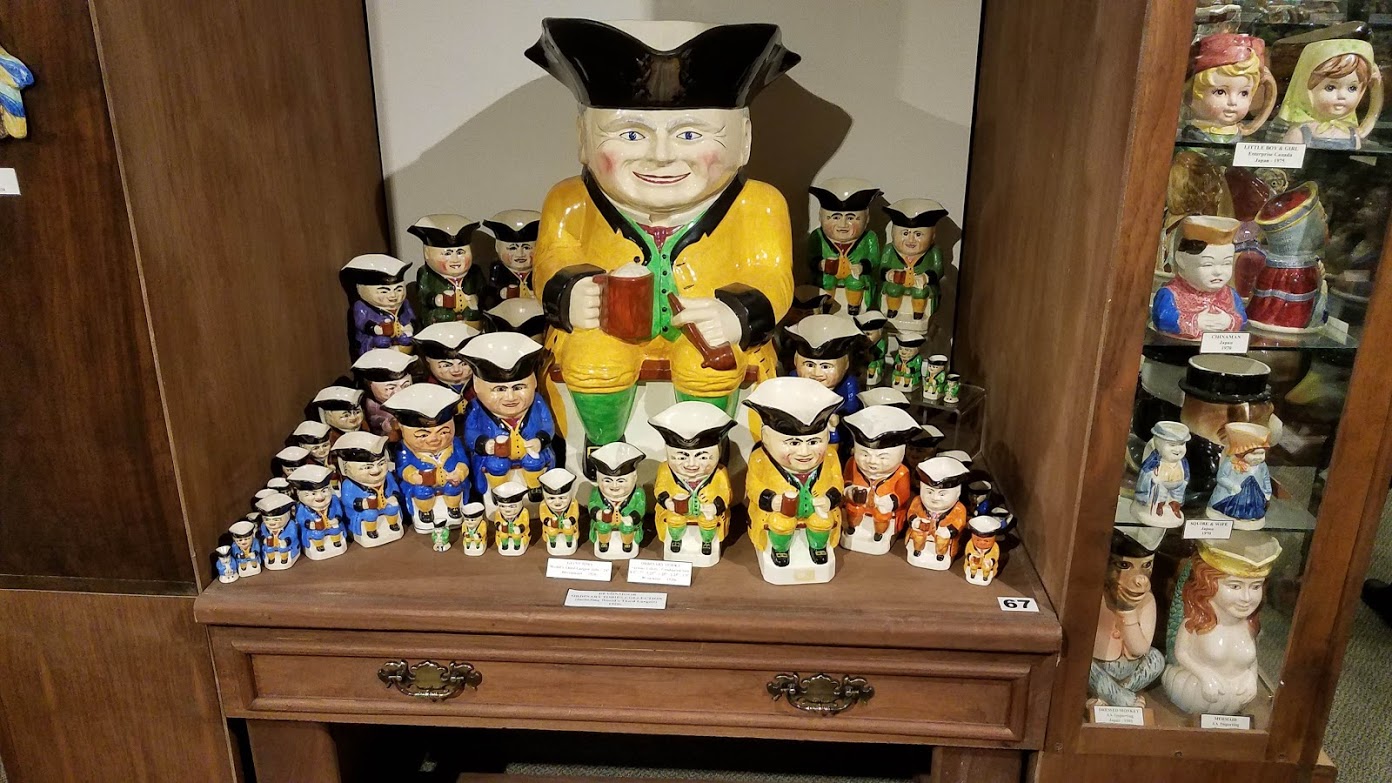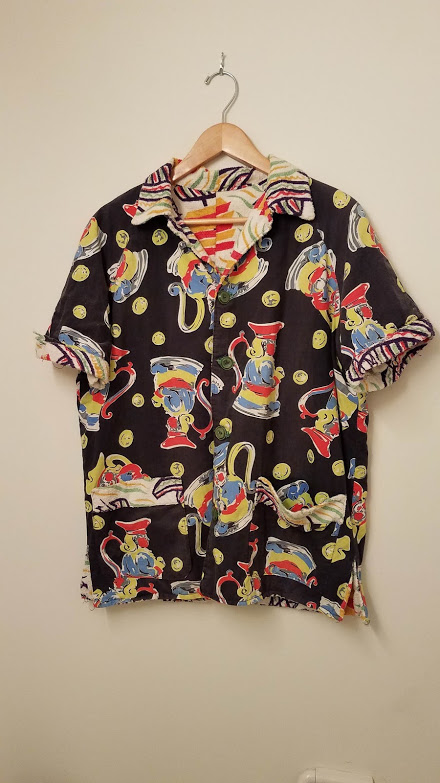On a recent trip to Poland, we spent a day and a half in the southern city of Krakow. Krakow is a vibrant city with a well-preserved Old Town and full of interesting public art! Here are four of my favorites and most well-known.
In the main square of the old town, was this head. “The artist’s gift to the city of Krakow, 2005” read a plaque (which I translated with the help of Google translator). The artist is Igor Mitoraj and his bronze sculpture (created in 1999) is called “Eros Bendato.”

Nearby was a wooden pole with colorful birds, called “Emaus tree.” A sign in English explains that the Emaus tree “refers to the traditional trees of life” which were found at the stalls of the annual fair in Zwierzyniac on the 2nd day of Easter. The Emaus tree could be a nest with figurines of chicks or a bird mounted on a stick decorated with leaves, usually made of wood. The tradition of making this ornament dates back to pre-Christian times when it was believed that the souls of the dead came back to life as birds who sheltered in tree branches. It also symbolized nature coming back to life in the spring.
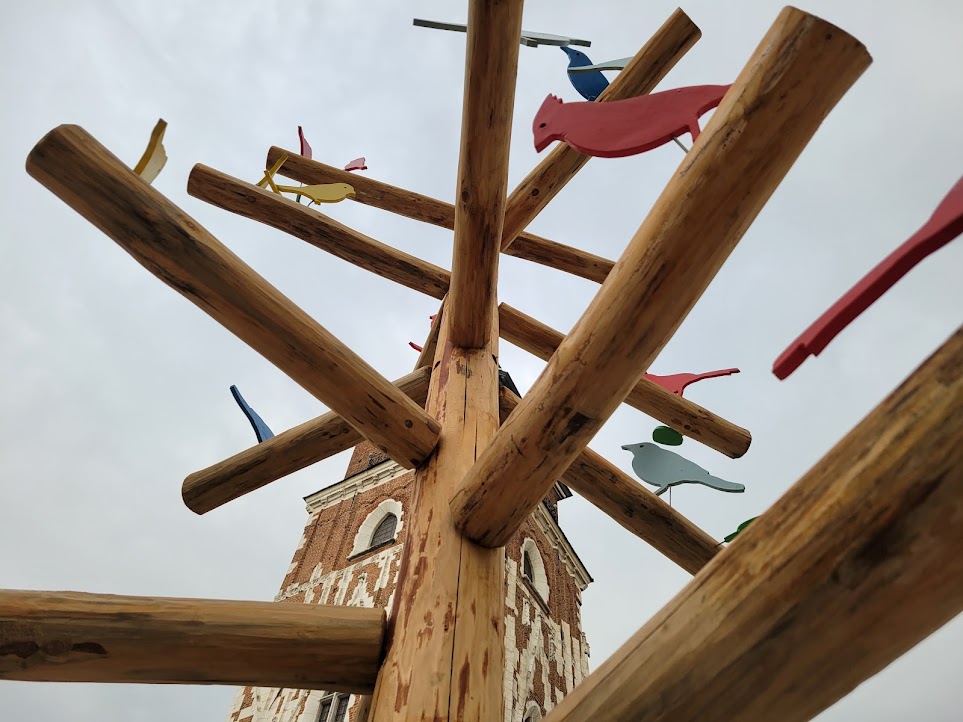
A “fire breathing” dragon is a popular site for children, located below the wall of Krakow’s castle. Every evening at 6 p.m., this dragon is supposed to “breathe fire.” I don’t know exactly how it works and our guide didn’t explain it, but the day we were there, no fire issued forth from the dragon’s open mouth, disappointing this crowd of expectant kids.
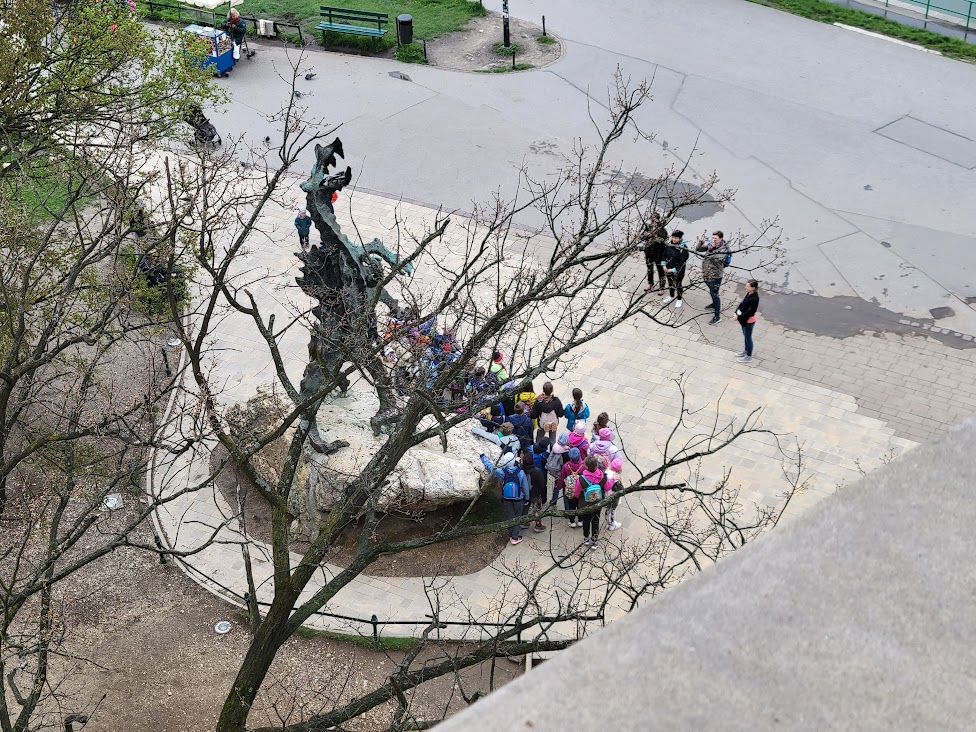
We visited the old Jewish quarter, where the Steven Spielberg movie, Schindler’s List, was filmed. Nearby is an art installation consisting of tall, stark chairs, each representing 100 Krakow Jews (about 6,700) who were killed in the Holocaust. The artist and the installation’s title are on the sign below.
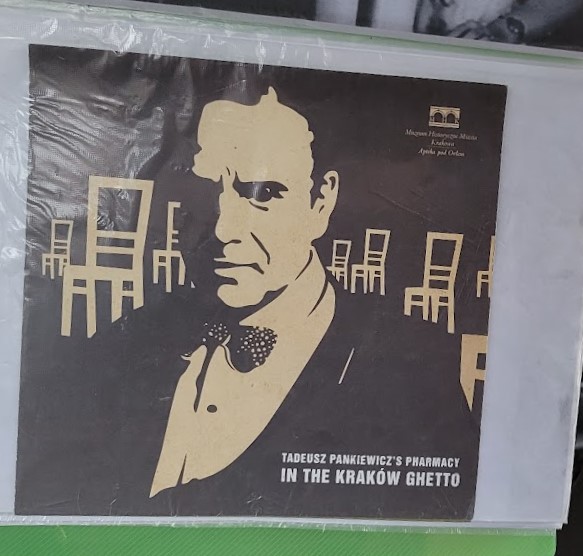
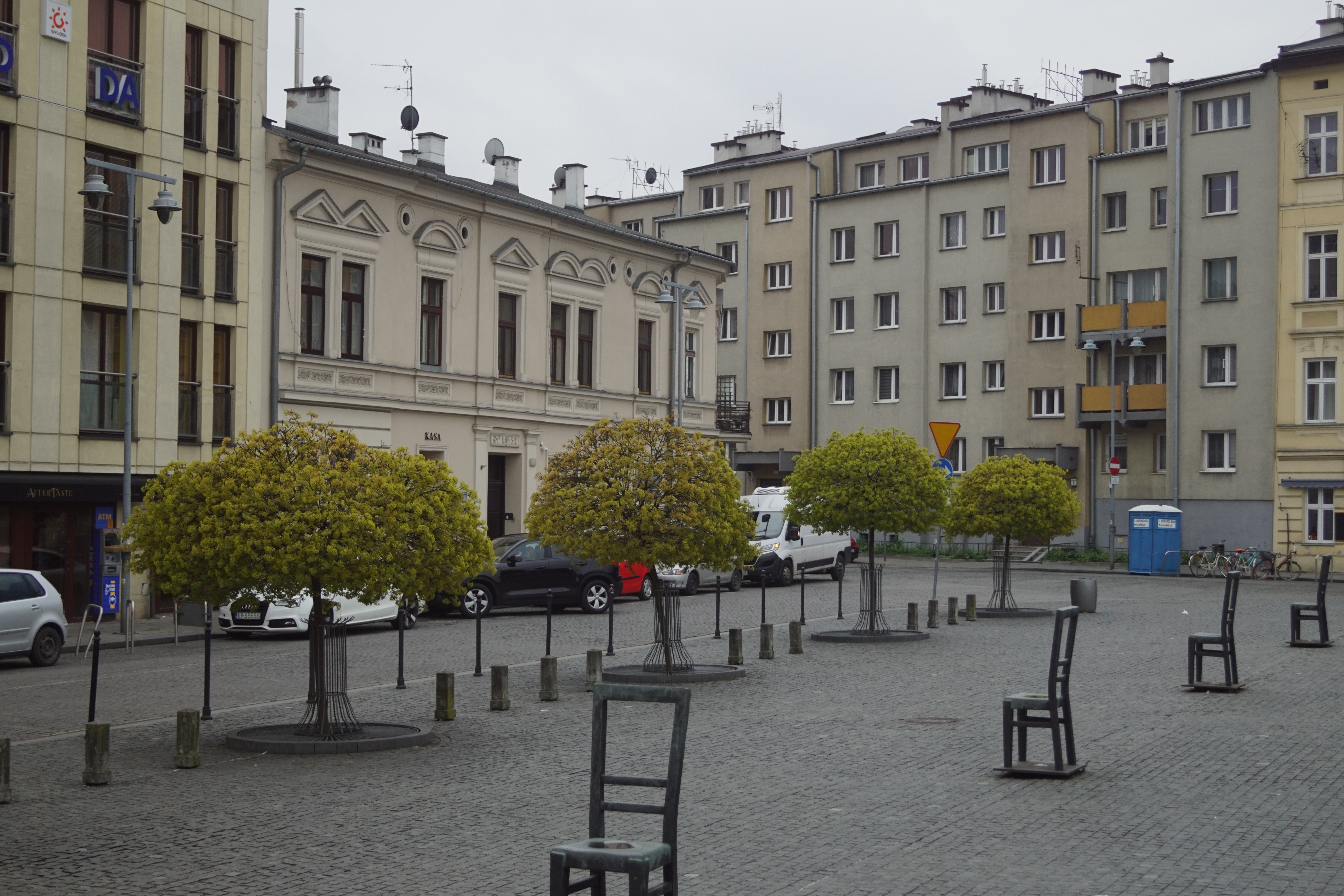
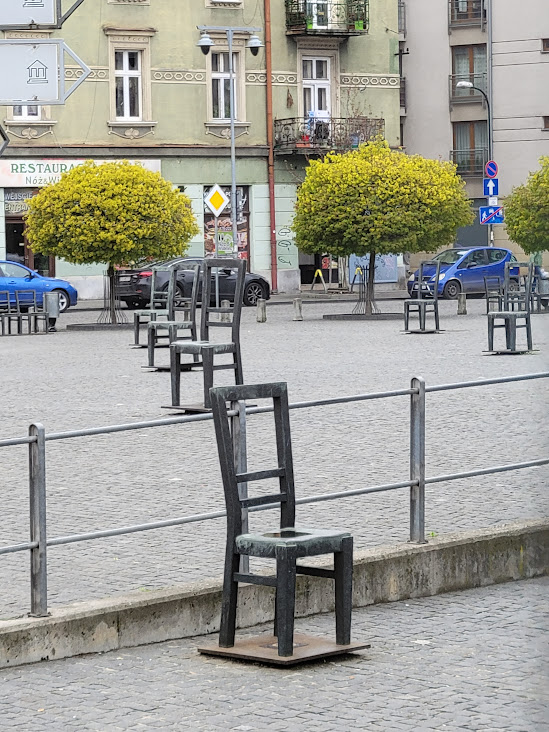
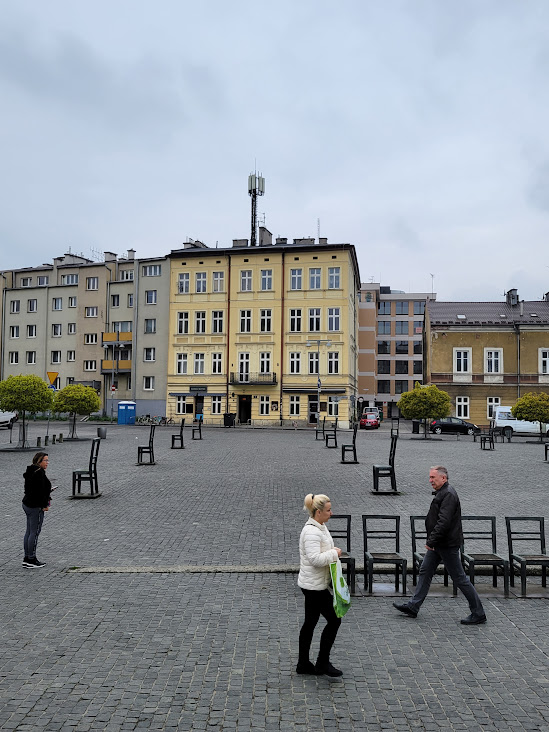

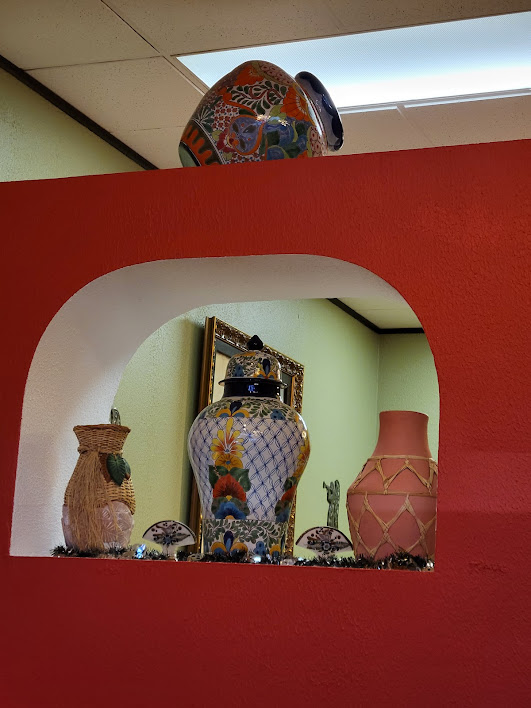
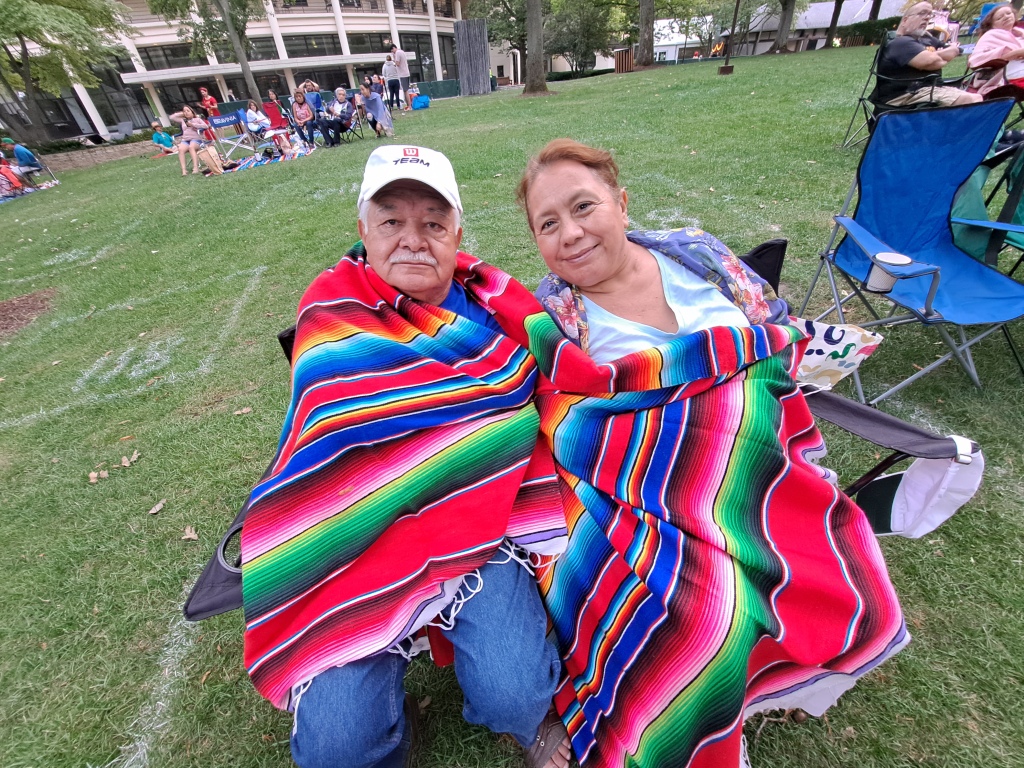
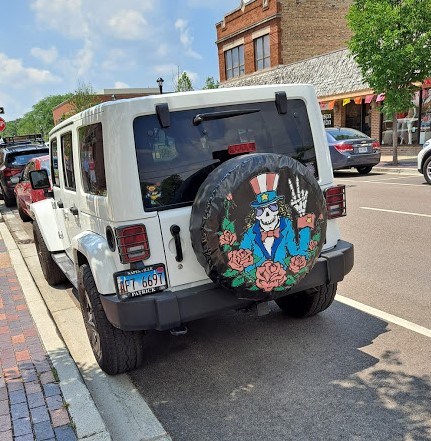
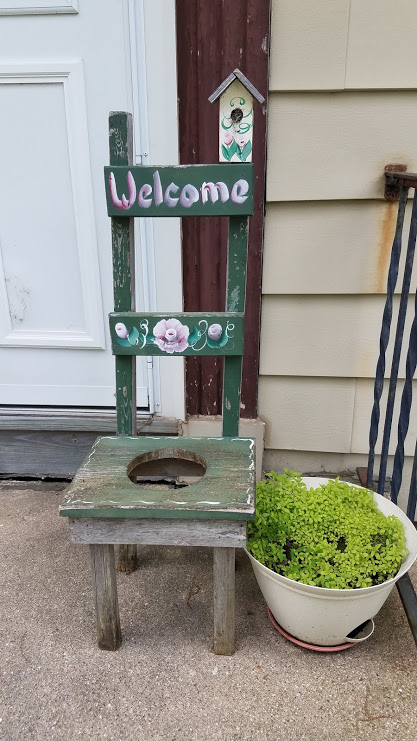
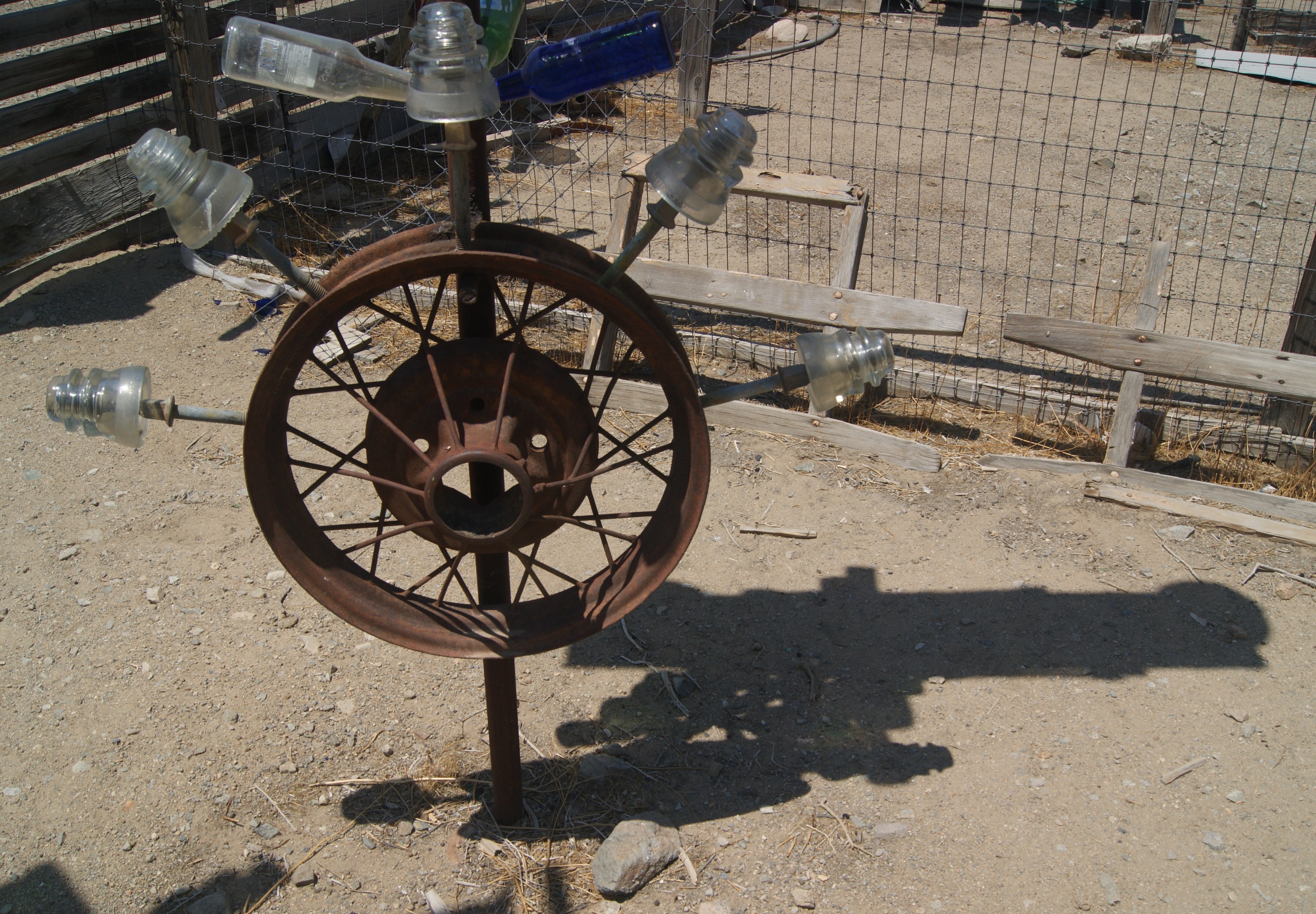

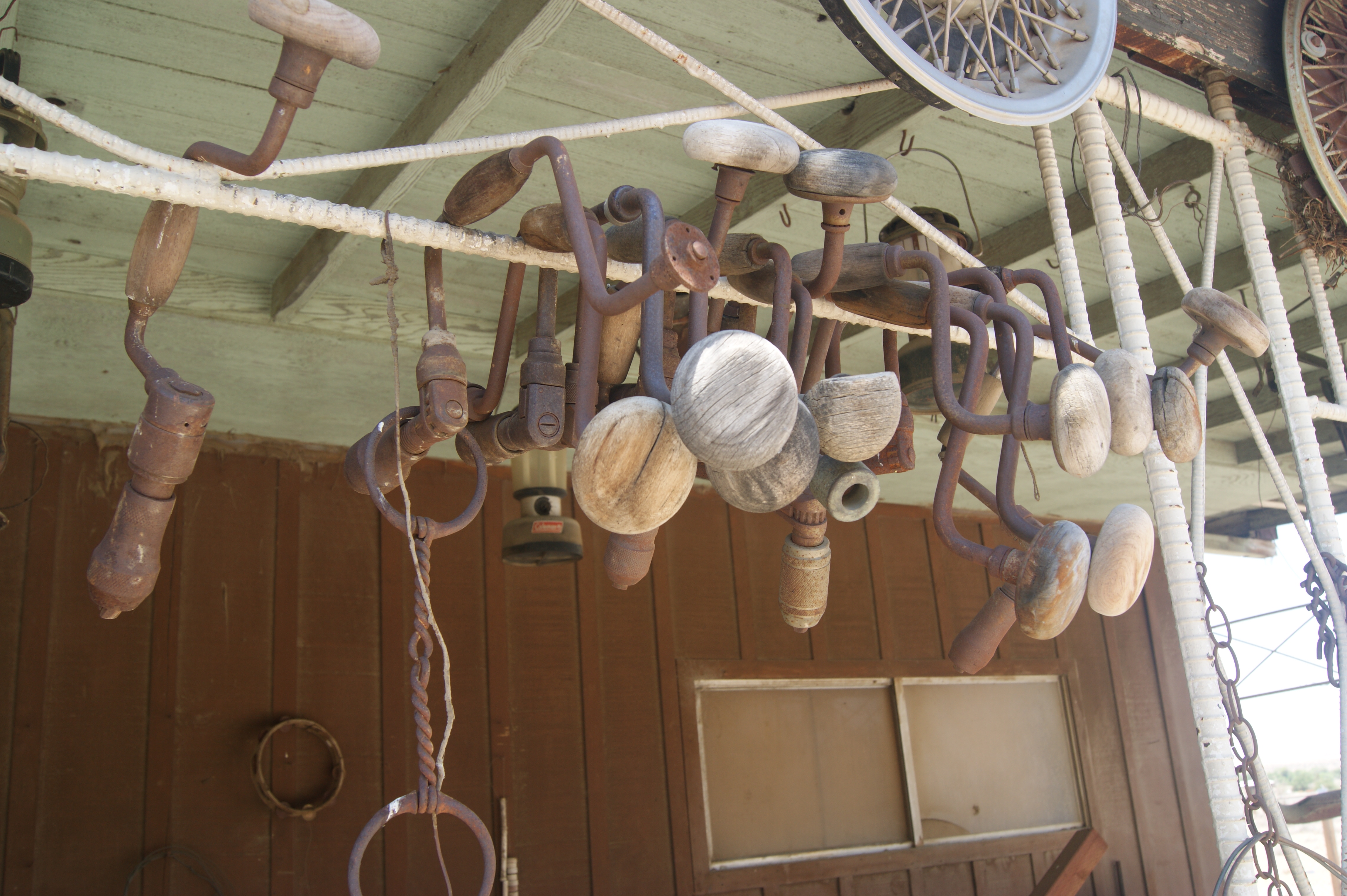



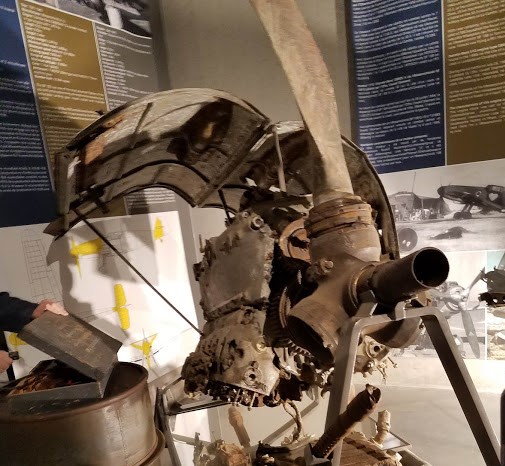

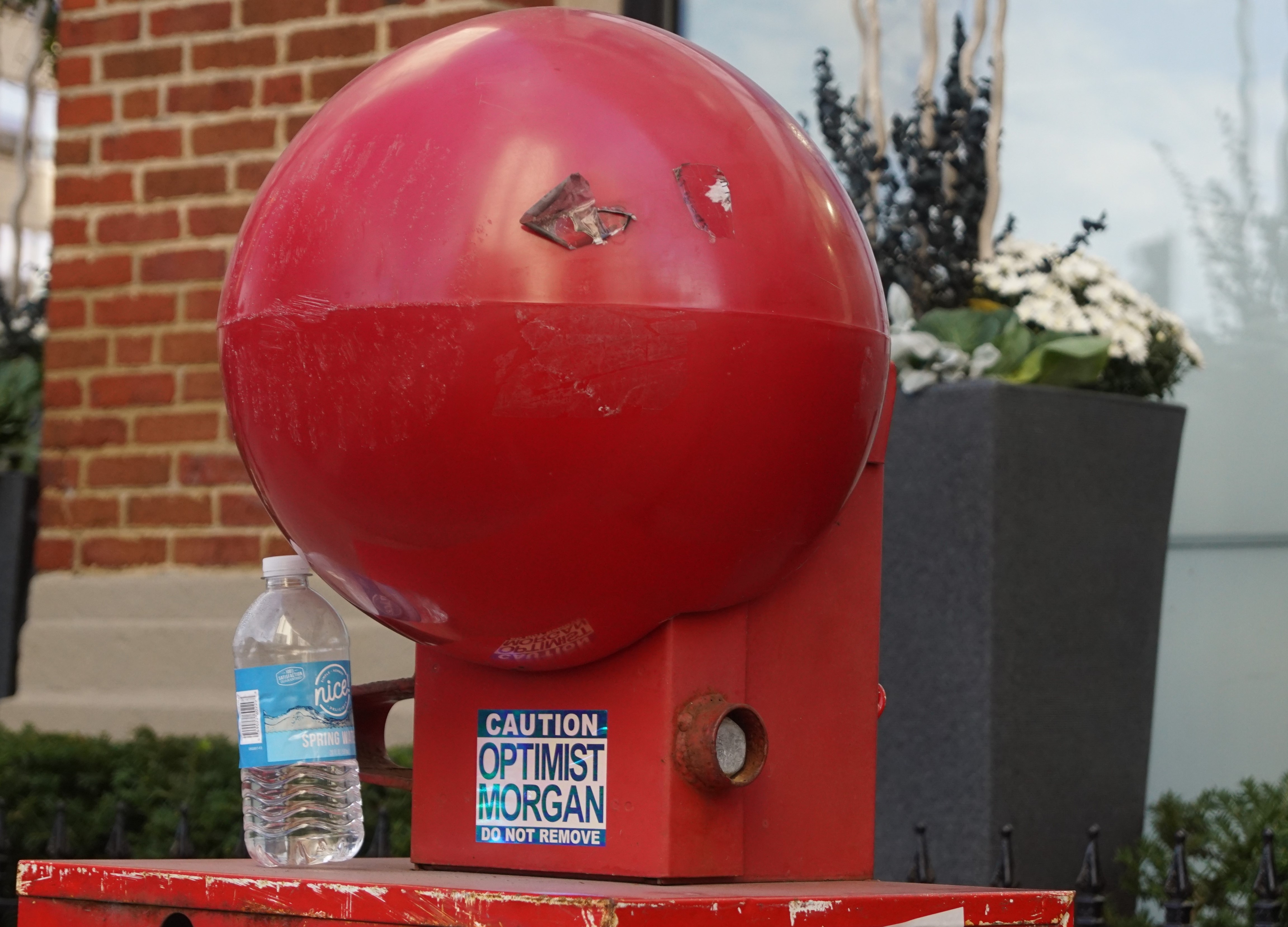
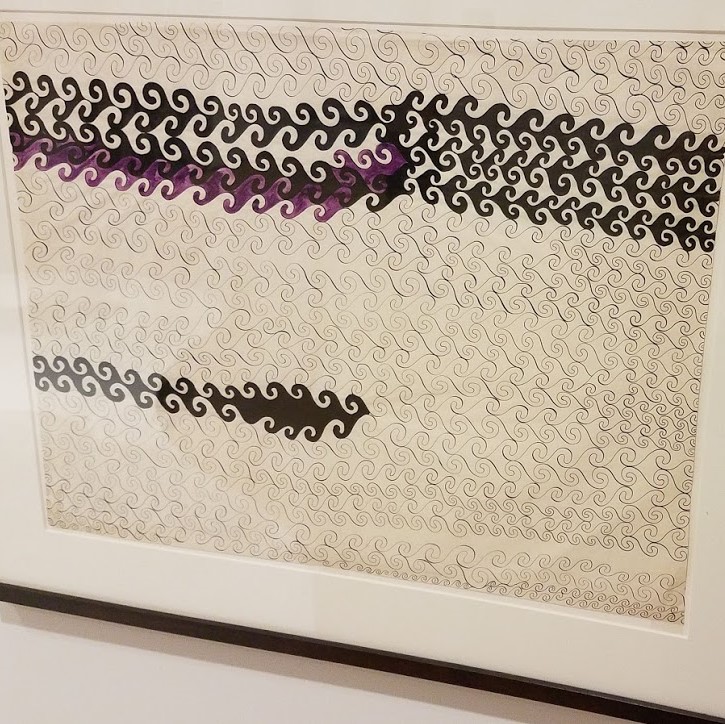

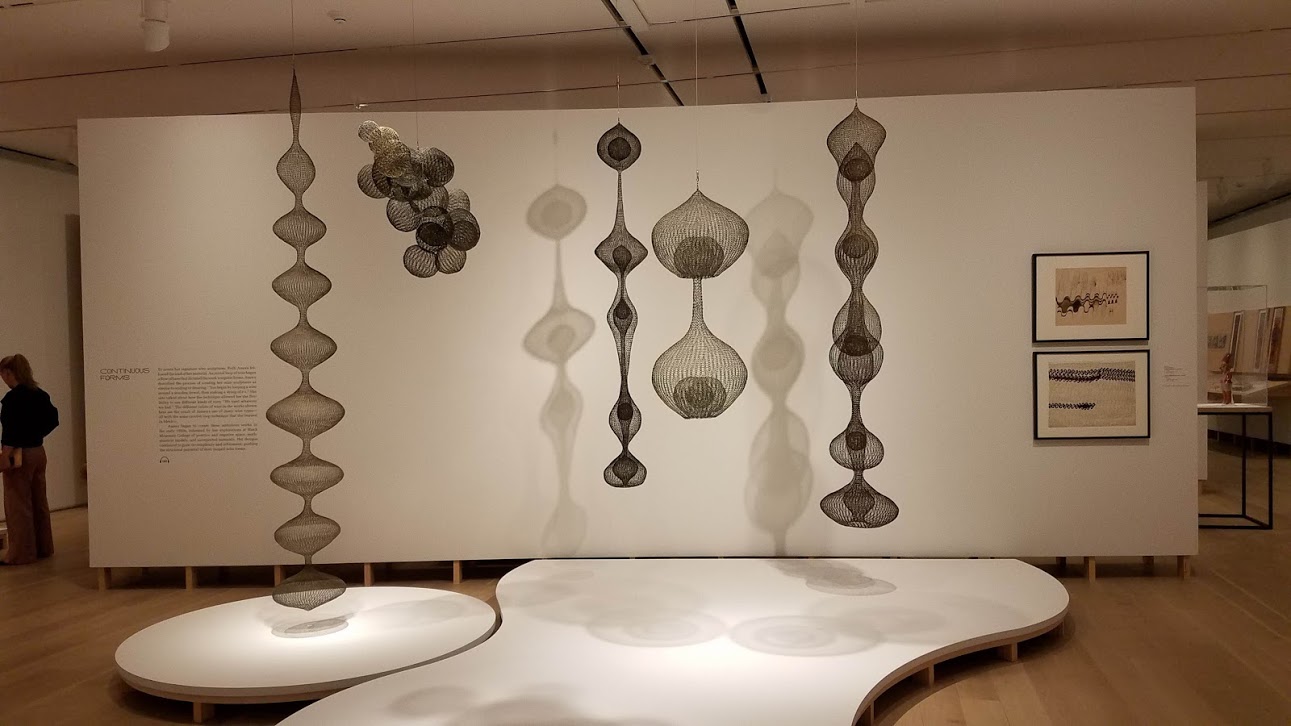
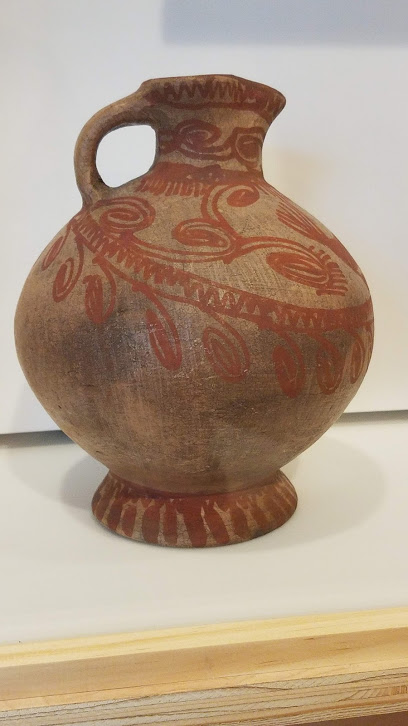
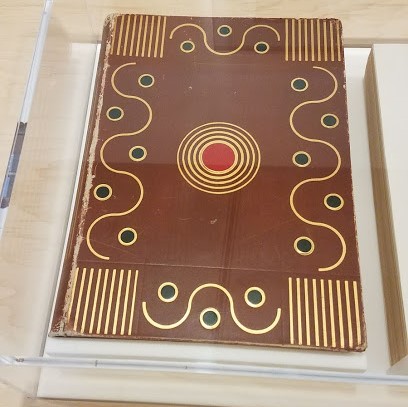
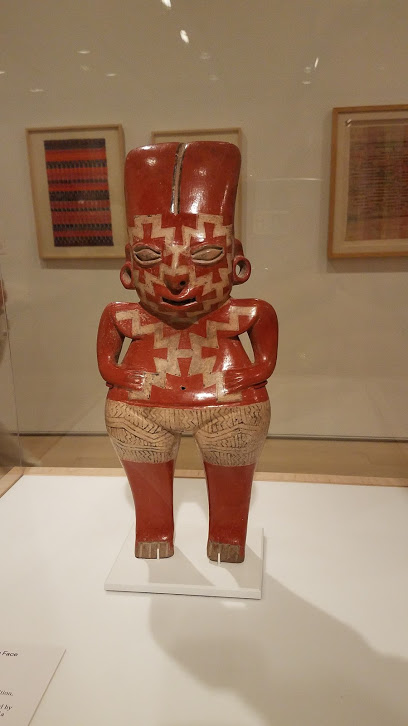
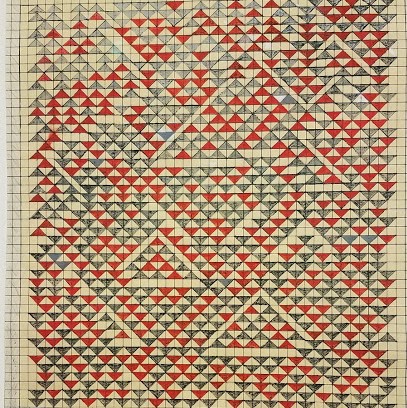
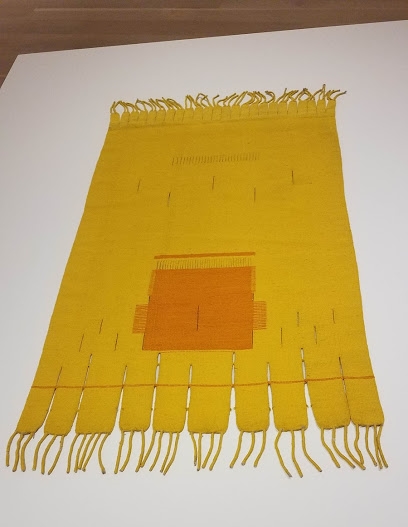
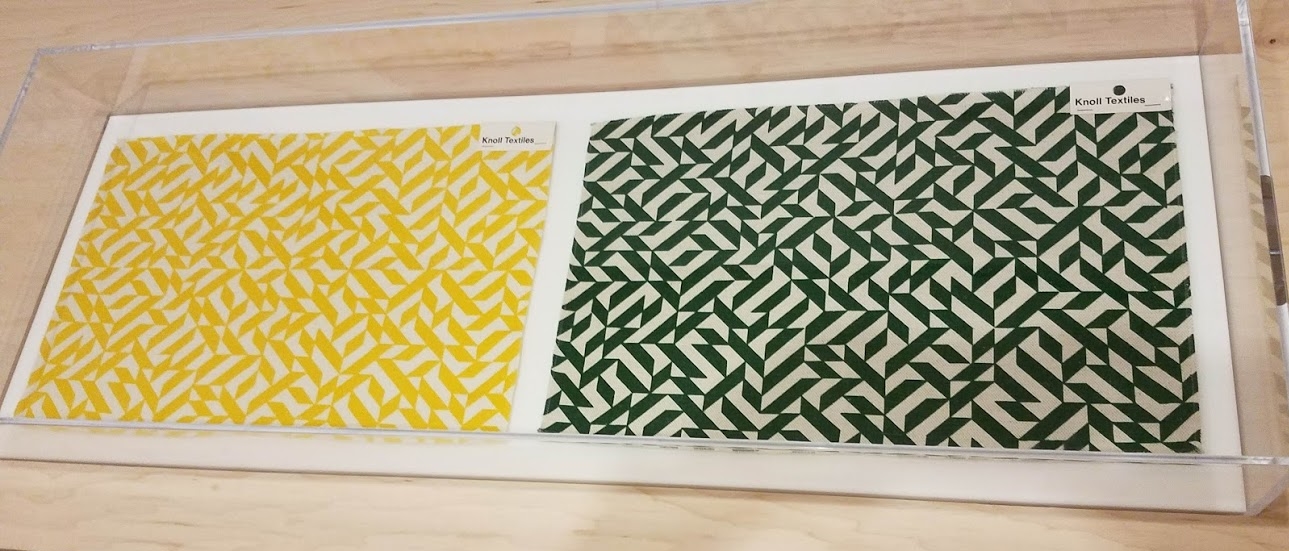
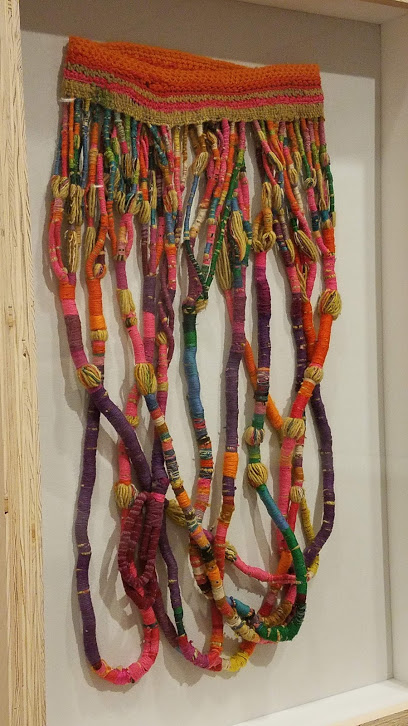
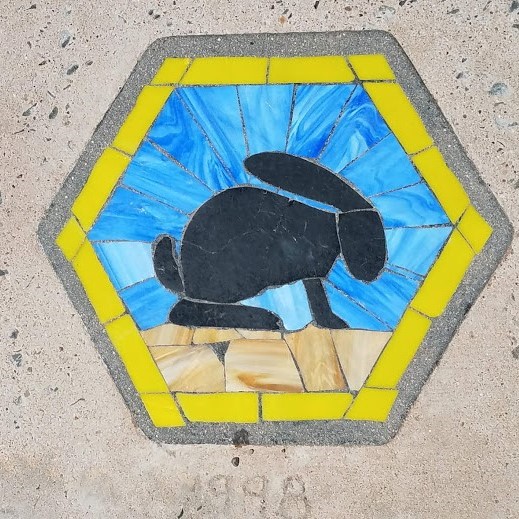
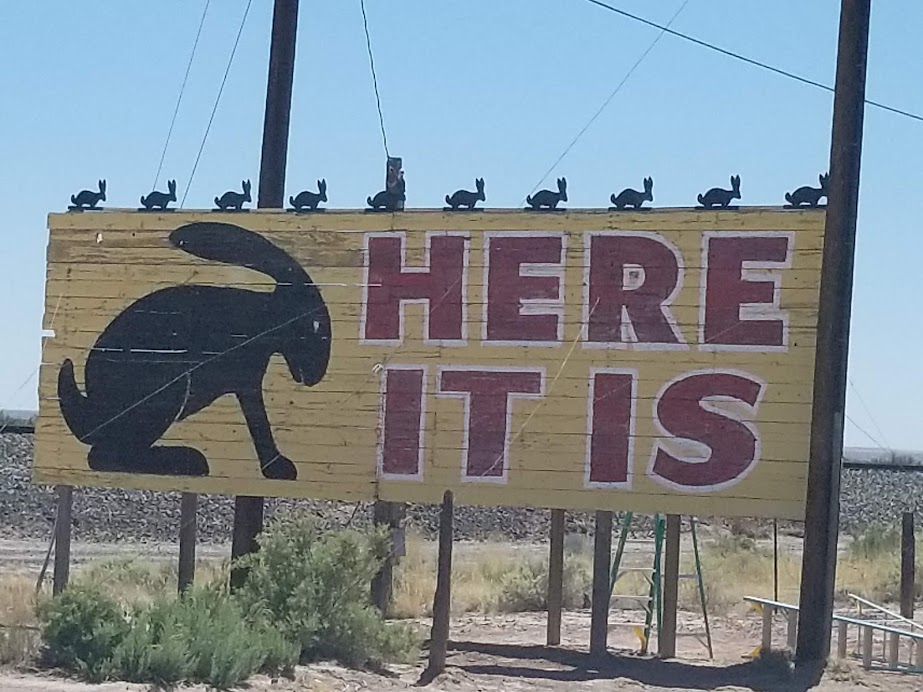
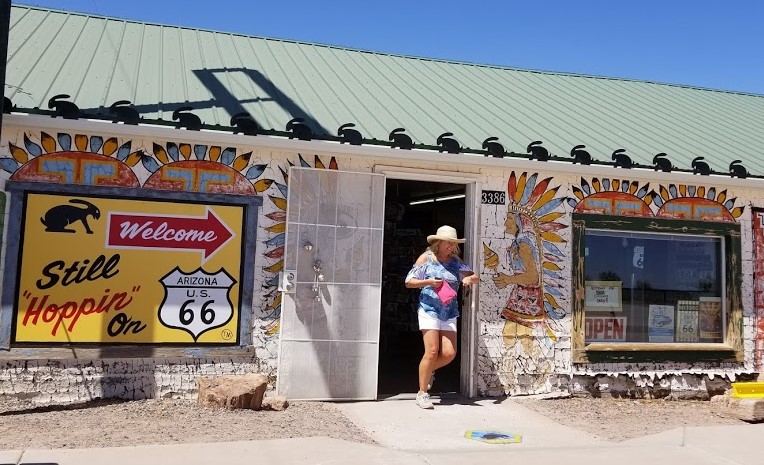
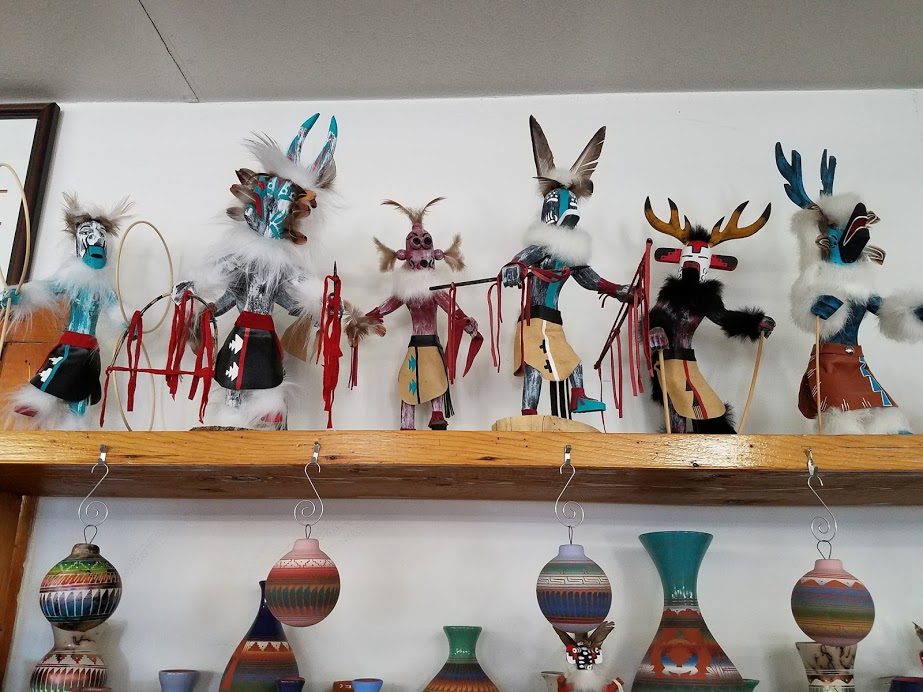


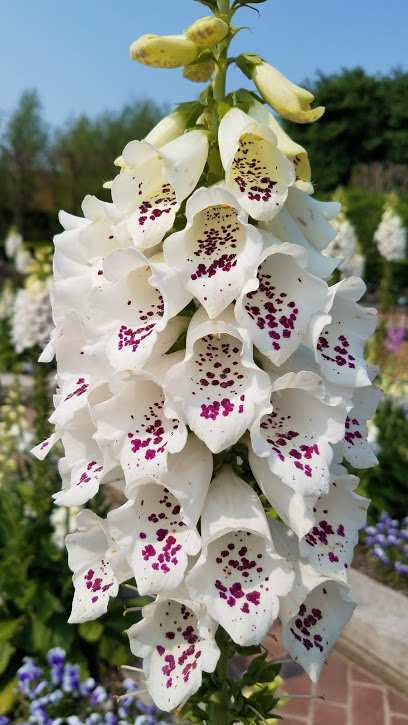
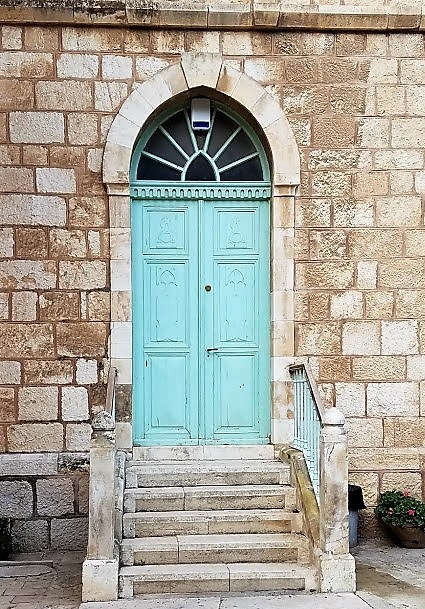

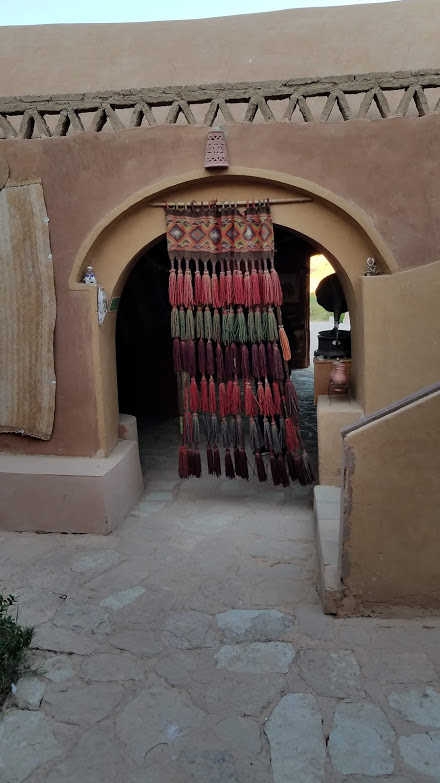
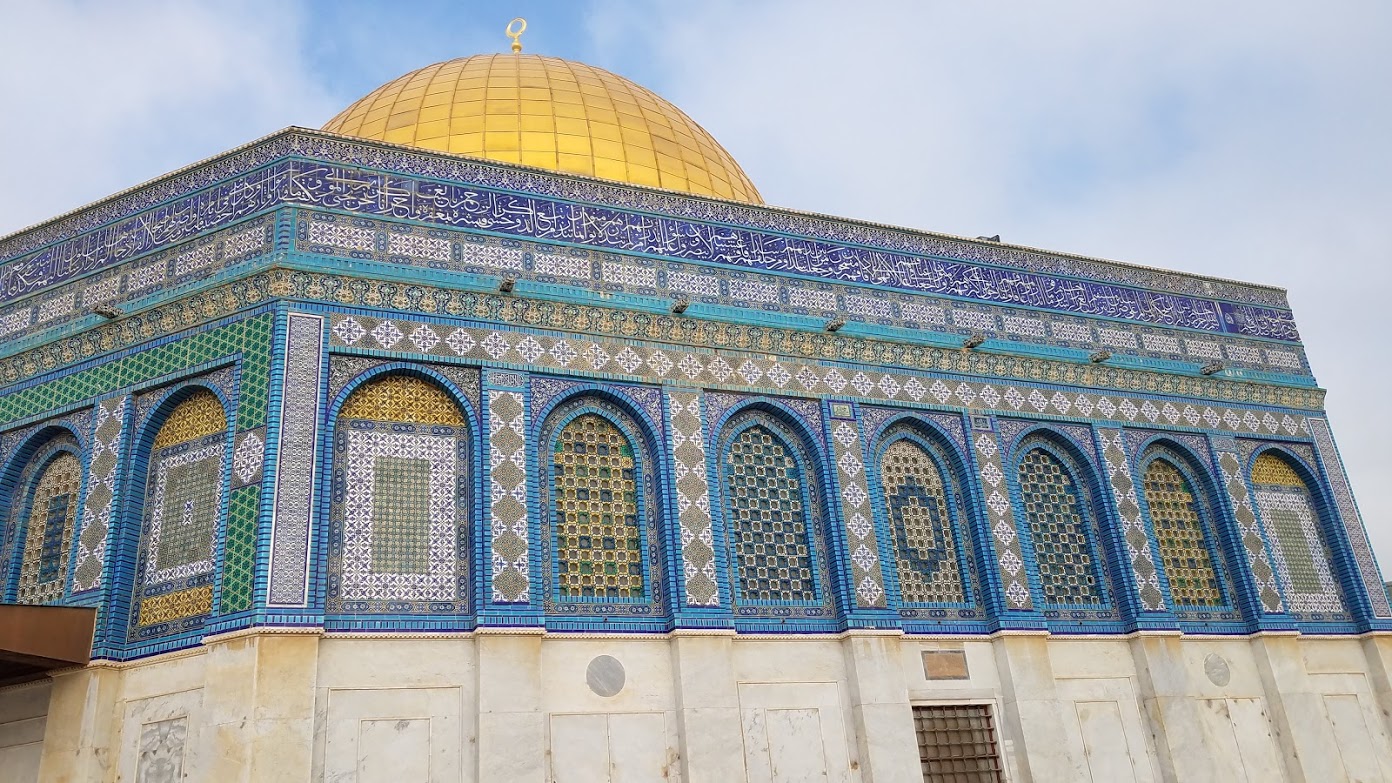

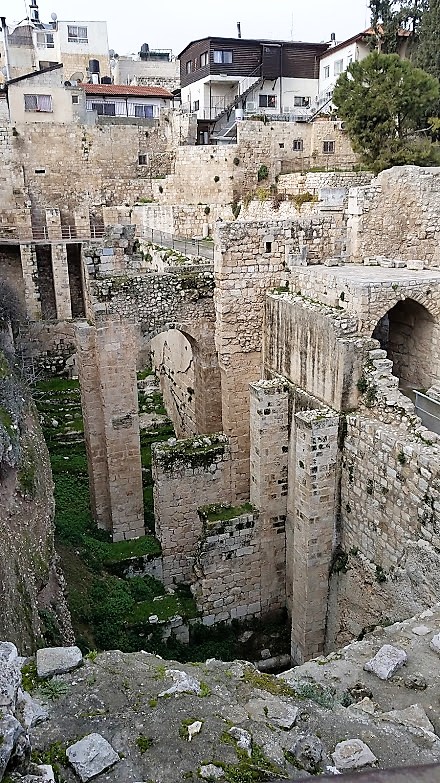

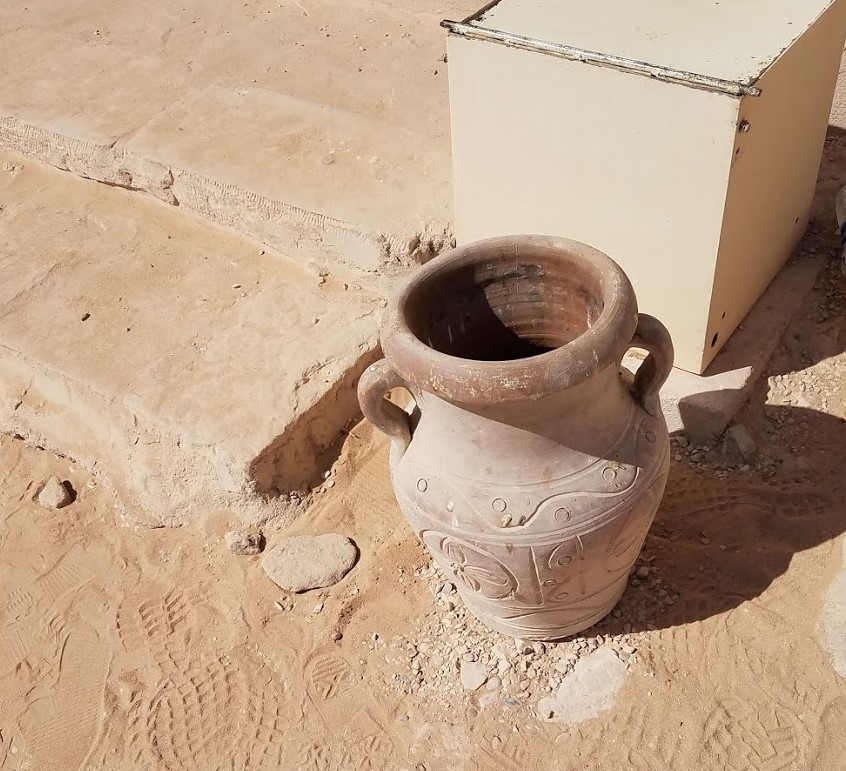 people,
people,
